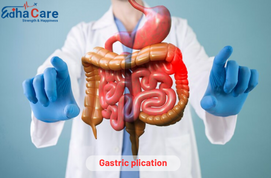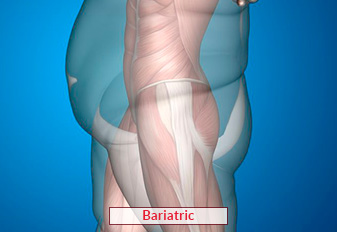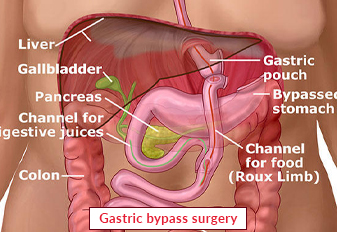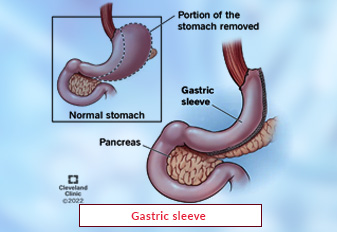Gastric Plication

Gastric Plication a minimally invasive surgical treatment, at times, referred to as laparoscopic gastric greater curvature plication (LGCP), is intended to help patients reduce weight. By effectively lowering the tummy's size and capacity, the surgeon executes gastric plication by folding and suturing the inside of the stomach. The purpose of this restriction is to reduce the total amount of food consumed, cause quick satiety, and eventually help in weight loss. The stomach's tissue is not removed or the intestinal tract is redirected during a gastric plication, in contrast to certain other weight loss procedures such as a gastric bypass or sleeved gastrectomy. Rather, it depends on altering the gastrointestinal tract's volume and form in order to reduce weight. and Reversibility is one of the potential advantages of gastric plication; if essential the procedure can be reversed. Patients feel flexible and in charge of their efforts to lose weight because of this feature. Gastric plication has possible risks and consequences, similar to any surgical operation, therefore anyone thinking about it should weigh the advantages and disadvantages with their healthcare professional.
Book an AppointmentAbout Gastric Plication
Gastric plication Symptoms : Since gastric plication is an operation used to treat obesity rather than an illness with its own set of symptoms, it does not cause any symptoms by itself. Patients having stomach plications, however, can have some side effects from the surgery. During the initial post-operative period, they can involve nausea or vomiting, pain or discomfort around the incision sites, transient bowel habit changes, and a gradual transition to fewer meals because of the diminished stomach size. For an easy recovery and to reduce discomfort, it is crucial that patients strictly stick to their surgeon's post-operative suggestions.
Gastric Plication causes : A gastric plication was a surgical operation used for managing obesity by reducing the stomach, neither a medical condition having an established root cause. When choosing whether to have a gastric plication, the patient's body mass index (BMI), health in general, and ability to drop a significant amount of weight through food and physical activity alone are typically factors taken into considerations. Obesity is primarily caused by an imbalance in energy consumption and expenditure, and can be affected by dietary, environmental, genetic, and physical activity variables.
Gastric Plication Remedies : A surgical procedure called gastric plication is utilized to treat obesity and the health hazards that come with it. By reducing the stomach, it attempts to motivate weight loss by limiting the consumption of food and triggering immediate satiety. The gastric plication procedure is reversible since it doesn't entail redirecting the intestinal tract or removing stomach tissue, unlike other types of weight loss procedures. In addition to helping patients lose fat sustainably, the surgery may help treat illnesses linked to obesity, such as type 2 diabetes, high blood pressure, and sleep apnea. Gastric plication has risks and possible repercussions just like any surgical procedure, so anyone thinking about it should talk to their healthcare professional about the benefits and drawbacks of the procedure.
Procedure of Gastric Plication
Anesthesia : To ensure unconsciousness and relief from pain all through the course of treatment, the person being treated is given general anesthesia, which enables secure and effective surgery.
Incision : Utilizing minimally invasive techniques like laparoscopy, that minimize trauma, scarring, and time spent recovering to be compared to open surgery, the doctor makes multiple small cuts in the belly.
Stomach Folding : A surgeon utilizes specific instruments to carefully folds and stitch the stomach tissue, which decreases the size inside the stomach creating a narrow opening for food to flow through.
Pleat Creation : The surgeon folds tissue from the stomach across the stomach's bigger curved to create pleats that further limit food intake while encouraging early satiety.
Suturing : To maintain the folds and pleats in place and continue to effectively limit tummy capacity, they are securely fastened with surgical staples or stitches.
Closure : To ensure appropriate wound healing while decreasing the risk of an infection, the surgeon utilizes surgical staples and stitches to secure the abdominal incision soon after the gastric plication is finished.
Recovery : After surgery, the patients are carefully watched in their recovery area in case they experience any difficulties or anesthesia-related side effects. In order to monitor their recovery and manage any issues, they usually receive pain medication and given instruction on how to gradually move from a liquid diet to solid foods. Regular follow-up sessions are also organized.
Require Assistance?
Get A Quick Callback From Our Healthcare Experts






